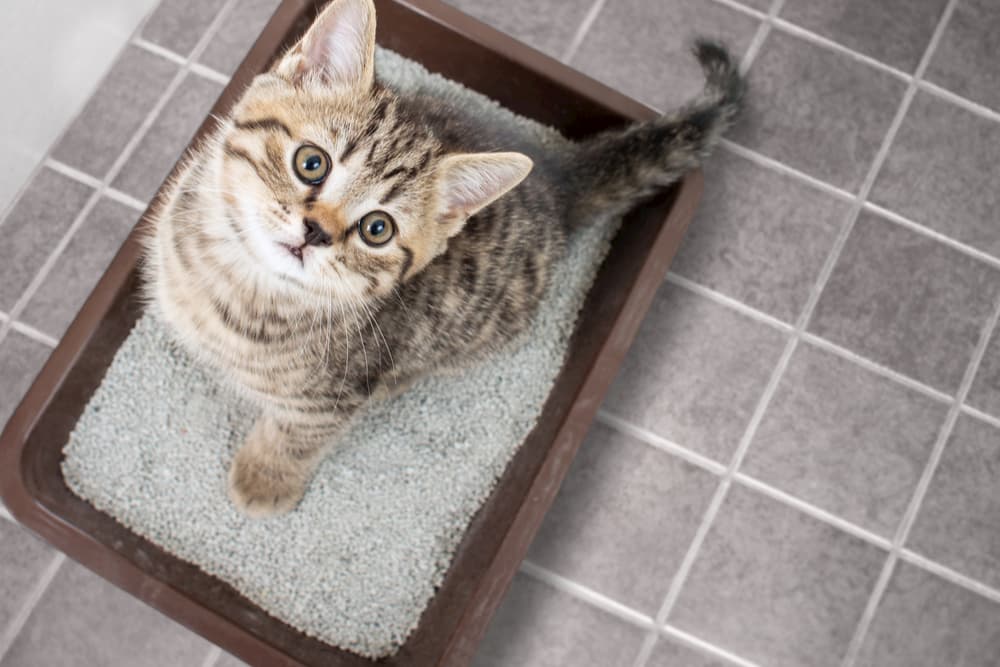Understanding Why Animal Waste Must Not Be Flushed Down the Toilet
Understanding Why Animal Waste Must Not Be Flushed Down the Toilet
Blog Article
What are your thoughts about Why you should never flush dog poop down the toilet?

When it concerns throwing away waste, specifically animal waste, lots of people typically resort to the hassle-free alternative of flushing it down the commode. Nevertheless, this apparently very easy solution can have serious effects for the environment and public health. In this write-up, we'll discover why flushing animal waste down the toilet is a bad idea and give alternative methods for correct disposal.
Introduction
Proper garbage disposal is essential for keeping environmental sustainability and public health. While it might appear safe to purge animal waste down the bathroom, it can bring about numerous problems, both for the atmosphere and human wellness.
Threats of flushing pet waste
Environmental effect
Flushing pet waste introduces dangerous microorganisms and pathogens into rivers, which can negatively impact marine communities. These pathogens can infect water resources and damage aquatic life, interrupting fragile communities.
Public health problems
Pet waste consists of harmful bacteria such as E. coli and Salmonella, which can present serious health and wellness dangers to human beings. Purging pet waste down the commode can contaminate water supplies, leading to the spread of conditions and infections.
Alternatives to flushing
Instead of purging pet waste down the commode, there are several alternative disposal methods that are much more environmentally friendly and hygienic.
Composting
Composting pet waste is an environment-friendly way to get rid of it. By composting, raw material is broken down right into nutrient-rich soil, which can be utilized to fertilize yards and plants.
Landfill disposal
Dealing with pet waste in a landfill is an additional choice. While not as eco-friendly as composting, it is a more secure alternative to flushing, as it protects against the contamination of water resources.
Animal waste disposal systems
There are customized pet dog garbage disposal systems offered that safely and hygienically deal with animal waste. These systems often utilize enzymes to break down waste and eliminate smells.
Steps to proper pet waste disposal
To ensure correct disposal of animal waste, follow these actions:
Scooping and landing waste
Consistently scoop and bag animal waste utilizing biodegradable bags. This stops waste from infecting the setting.
Making use of assigned waste bins
Dispose of bagged animal waste in assigned waste bins, such as garden compost bins or land fill bins. Stay clear of flushing it down the bathroom at all prices.
Cleaning up litter boxes and family pet areas regularly
On a regular basis clean can and family pet areas to prevent the buildup of waste and germs. Use pet-safe cleansing products to preserve hygiene.
Advantages of proper disposal methods
Embracing correct disposal techniques for pet waste provides numerous advantages:
Minimized environmental pollution
Proper disposal techniques reduce the risk of environmental pollution, shielding waterways and environments from contamination
Decreased risk of water contamination.
By preventing flushing pet waste down the commode, the danger of water contamination is substantially reduced, securing public health.
Enhanced sanitation and hygiene
Proper disposal methods promote far better cleanliness and health, creating a safer environment for both human beings and animals.
Verdict
In conclusion, purging animal waste down the toilet is damaging to the setting and public health. By adopting alternative disposal approaches and following correct waste management methods, we can reduce the negative impact of pet waste and add to a cleaner, much healthier planet.
What To Do With Dog Poo – The Do's And Don'ts Of Disposing Of Faeces
Dog poo bins
Some councils provide dedicated dog waste bins in popular dog-walking areas that can take dog poo that has been bagged but you can legally dispose of dog waste in any public litter bin, as long as it is securely bagged. This also applies to your wheelie bin at home.
Do not flush
Water companies do not recommend flushing dog faeces down the toilet because certain parasites can survive the water processing treatment and are potentially harmful to humans. You should also never consider flushing dog poo that has been bagged down the toilet as the bags will not break down and instead create severe blockages in the sewage system.
In the woods
The Forestry Commission promotes a ‘stick and flick’ method for dealing with waste in the woods. This means finding a stick and using it to flick any poo from off the path so that it is out of the way of other walkers. You could also bury it as long as it is not in an area where there might be livestock.
Livestock
Parasites found in dog poo can be transmitted to livestock if they inadvertently eat infected faeces that has been left on grazing land. This could result in the death of sheep or abortion in cattle so you should always make sure you pick up your dog’s waste in fields where livestock could be present.

On a regular basis clean can and family pet areas to prevent the buildup of waste and germs. Use pet-safe cleansing products to preserve hygiene.
Advantages of proper disposal methods
Embracing correct disposal techniques for pet waste provides numerous advantages:
Minimized environmental pollution
Proper disposal techniques reduce the risk of environmental pollution, shielding waterways and environments from contamination
Decreased risk of water contamination.
By preventing flushing pet waste down the commode, the danger of water contamination is substantially reduced, securing public health.
Enhanced sanitation and hygiene
Proper disposal methods promote far better cleanliness and health, creating a safer environment for both human beings and animals.
Verdict
In conclusion, purging animal waste down the toilet is damaging to the setting and public health. By adopting alternative disposal approaches and following correct waste management methods, we can reduce the negative impact of pet waste and add to a cleaner, much healthier planet.
What To Do With Dog Poo – The Do's And Don'ts Of Disposing Of Faeces
Dog poo bins
Some councils provide dedicated dog waste bins in popular dog-walking areas that can take dog poo that has been bagged but you can legally dispose of dog waste in any public litter bin, as long as it is securely bagged. This also applies to your wheelie bin at home.
Do not flush
Water companies do not recommend flushing dog faeces down the toilet because certain parasites can survive the water processing treatment and are potentially harmful to humans. You should also never consider flushing dog poo that has been bagged down the toilet as the bags will not break down and instead create severe blockages in the sewage system.
In the woods
The Forestry Commission promotes a ‘stick and flick’ method for dealing with waste in the woods. This means finding a stick and using it to flick any poo from off the path so that it is out of the way of other walkers. You could also bury it as long as it is not in an area where there might be livestock.
Livestock
Parasites found in dog poo can be transmitted to livestock if they inadvertently eat infected faeces that has been left on grazing land. This could result in the death of sheep or abortion in cattle so you should always make sure you pick up your dog’s waste in fields where livestock could be present.

I was guided to that write-up on 10 Things You Should Never Flush Down The Toilet from someone on another domain. Sharing is good. Helping people is fun. I cherish your readership.
Click Here Report this page